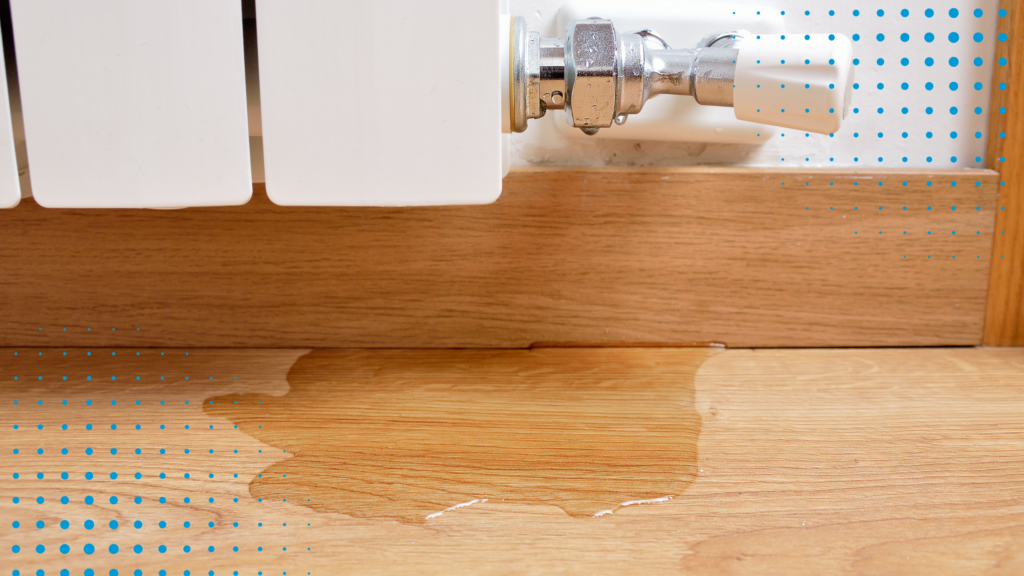6 Questions to Ask Yourself If You Suspect Mycotoxin Toxicity

Have you been dealing with a variety of mysterious health issues or symptoms that you just can’t seem to nail down? It could be mold illness, also known as mycotoxin toxicity.
Mycotoxin Toxicity is caused by the buildup of the toxins (mycotoxins) naturally released by molds and fungi that can be found in our environment, the foods we eat, and even the coffee we drink. If you’ve been dealing with fatigue, immune deficiency, a cough, or other symptoms that you can’t find a specific cause for, there’s a possibility mold sickness from mycotoxins is to blame. Without specific testing, it can be hard to diagnose mycotoxin toxicity, so assessing whether testing is right for you is a good first step.
To help identify if mycotoxins may be a component in your poor health and nagging symptoms, ask yourself these 6 questions:
1. Have you moved recently or started working in a new office?
Have your symptoms started up recently, coinciding with a new home or workplace? If symptoms begin within a few months of a big location change it could be caused by mycotoxin exposure from the new environment.
You can test your home or any spaces for environmental molds and mycotoxins using easy at-home swab testing kits.
2. Do you have a central heating/cooling system?
Air ducting is a way for moisture and mold to build up out of sight while having potentially sever impacts on health. If mold is present, a central system can spread the mold spores and mycotoxins throughout the entire home, increasing your potential exposure time.
AC is one of the top Mold/Mycotoxin contributors, as condensation can build up in the unit creating the perfect environment for mold to flourish. High rates of air conditioning utilization make mycotoxin toxicity common in counterintuitive places such as the deserts of Arizona and Nevada.

3. How many cups of coffee do you drink in a day?
Coffee is known to be prone to mold, which can be worse in high-volume mass-produced varieties. Unfortunately, mycotoxins are not destroyed by heat so even boiling water poured over ground beans will not rid coffee of the harmful effects of any mycotoxins present.
The question of how many cups do you drink is relevant because a single cup of coffee with mycotoxins shouldn’t cause alarm, but daily overconsumption can increase potential exposure to mycotoxins. If a person has poor detoxification, those repeat exposures can add up over time, potentially contributing to health problems.
To reduce potential exposure, you can drink organic coffee from areas of higher elevation. Small batch roasts are also preferable due to higher levels of quality control and less potential for mold development during the roasting process.
4. Have you experienced any water leaks, floods, or moisture problems in your home or workplace?
Even if you believe the initial leak, flood damage, or water problem has been resolved, even minuscule amounts of moisture can lead to mold growth which can gradually accumulate and spread in the affected area over time. This slow and often unnoticed growth, especially behind walls and tile, can result in the release of harmful spores and toxins into the air, which can lead to a range of mold poisoning symptoms.
If you don’t see mold but suspect mycotoxin toxicity or have tested positive for mycotoxins already, an EMMA test for your home will give you insights into the harmful molds and mycotoxins in the air as the mycotoxins spread almost like a gas through a space.

5. Have you noticed any musty or moldy odors in your home or workplace?
Follow your nose. If you’ve been smelling musty or moldy odors at home or work, there could be mold damage worth investigating. This is especially true if you live in wet or humid environments or have had recent water damage mentioned above in question 4.
6. Have other individuals in your household or workplace experienced similar symptoms?
Mycotoxins affect everyone differently based on their genetic makeup, exposure extents, and ability to detoxify from exposures, but a common sign that mycotoxins may be what is impacting your health is if people you share spaces with have similar symptoms to you. Additionally, if people around you have different symptoms but a similar onset timeframe of symptoms it can be indicative of mold in the area causing mold illness.
Pinpointing mycotoxin toxicity can be difficult due to the wide range of symptoms caused by mycotoxin poisoning and the fact that your symptom severity can be impacted by your genetic ability to detoxify.
If you are one of the lucky people with the HLA-DR gene, which affects 25% of the population, you may have a hard time detoxing mycotoxins from your system leading to build up toxins and increased symptom severity when compared to someone else in the same environments. If you suspect mycotoxins may be impacting your health, it is important to determine root causes and see a healthcare professional for further detoxing.
The only way to know for sure if you’re dealing with mold toxicity is if you test. Testing for mycotoxin levels in your body is simple and easy, performed with a single urine collection that you can do at home. If you’ve been having a hard time finding a diagnosis, this may help you find the answers you’ve been looking for.
References
Casas-Junco, P. P., Ragazzo-Sánchez, J. A., Ascencio-Valle, F. J., & Calderón-Santoyo, M. (2017). Determination of potentially mycotoxigenic fungi in coffee (Coffea arabica L.) from Nayarit. Food science and biotechnology, 27(3), 891–898. https://doi.org/10.1007/s10068-017-0288-7
Saghir, S.A., Ansari, R.A. (2024). HLA gene variations and mycotoxin toxicity: Four case reports. Mycotoxin Res 40, 159–173. https://doi.org/10.1007/s12550-023-00517-y
U. S. Environmental Protection Agency. (2012) A Brief Guide to Mold, Moisture, and Your Home. https://www.epa.gov/sites/default/files/2016-10/documents/moldguide12.pdf
